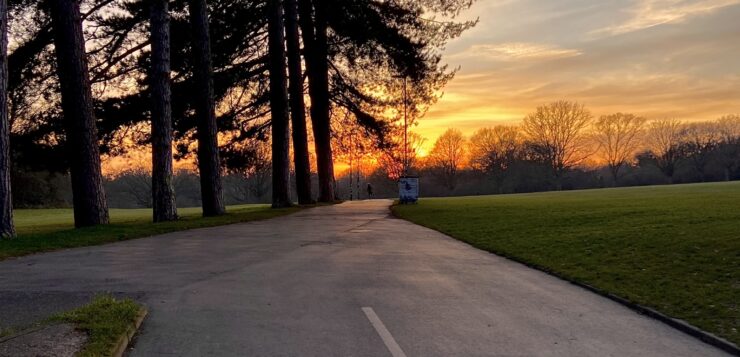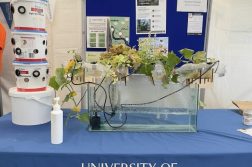“Green infrastructure” – A term we’ve all probably heard of, but what does it actually encompass?
Green infrastructure, contrary to popular beliefs, is not a new idea! Efforts and practices spanning back over 150 years within conservation and planning link back to the core principles and goals under the ‘Green infrastructure’ umbrella term.
“No single park, no matter how large and how well designed, would provide the citizens with the beneficial influences of nature” – A bold statement by Fredrick Law Olmsted in 1903.
He later helped facilitate the merging of parks around and within residential areas, postulating that this serves to benefit both people and the environment.
Taking a look closer to home we can clearly see an example of this within Southampton itself. Alongside Southampton city centre we see a chain of parks: West park, East park, Palmerston park, Houndwell and Hoglands park. These parks provide a large space to accommodate a range of recreational activities that seek to improve the publics health and well being. Additionally they provide a habitat for native wildlife. Not to mention a wide array of green space serves an aesthetic purpose which subsequently increases the value of surrounding property.
Social, environmental and economic benefits, functions and values are all served by Southampton’s central parks. This encompasses the aims and ethos of green infrastructure on a simpler level but the benefits are undeniable for all parties involved.
Risks in a changing world
It’s no secret that the urban world is expanding. More and more cities are being built up and out to accommodate an increasing population. This isn’t by itself an issue, however, housing and infrastructure developments can be somewhat environmentally haphazard by focusing on economic output for developers. A key principle regarding green infrastructure is its holistic nature, identifying solutions that plan to provide benefits to all those affected by its presence. A fate that not all infrastructure developments take into consideration.
It’s becoming an issue that we can no longer continue procrastinating in a rapidly changing world. As climate change turns our world into a more challenging environment we are continually reducing the adaptability of the environment by working against its natural defences. Disaster relief and protection measures are a multi-billion USD industry, but the incorporation of the environments natural defences such as flood-plaines, coastal vegetation and wetlands within infrastructure development (specifically) during the planning, but also within the execution phase, can help mitigate further costs.
Its not just disaster protection!
The list of free and necessary regulatory services our environment provides is far and wide. Pollution filtration, nutrient and water storage, food sources, raw resource sinks and mental health benefits, to name a few. The simple act of planning for and accommodating our environment within infrastructure developments can ease the burden on expensive environmental restorations. Not to say this is not an effective mechanism for change but it comes down to the fact that man made restorations cannot function at the same productivity level as previously un-developed land. Thus the solution? Environmentally conscious thinking at the forefront of infrastructure developments!
It may sound optimistic to try and persuade multi-million dollar development companies to become more environmentally conscious with their ways when their current development strategies have made them millions of dollars. However Green infrastructure has an incorporated goal to benefit all, maybe not millions for all, but a chance at a more sustainable and green future with the knowledge that we as humans aren’t creating a more hazardous environment at the expense of conveniency and greed.




